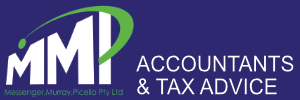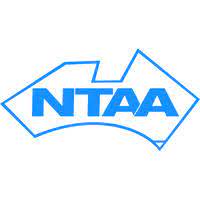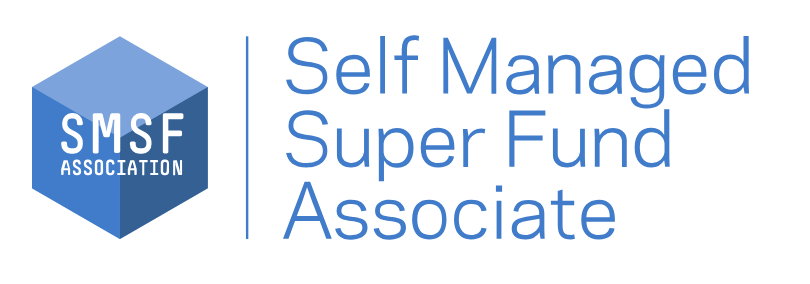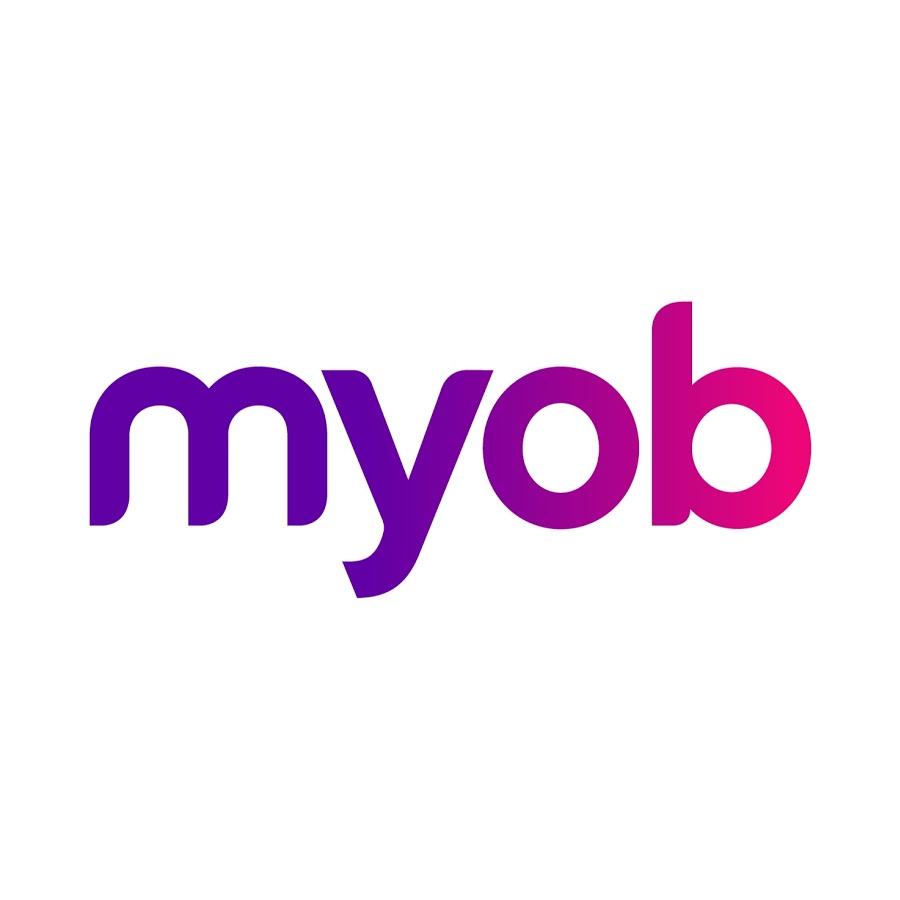Employer checklist: a step-by-step guide
Small employers (19 or fewer employees) must meet the SuperStream deadline. The deadline for small businesses to be using SuperStream was 30 June 2016. However, the ATO will provide compliance flexibility until 28 October 2016 for businesses that are not yet SuperStream ready.
To be SuperStream ready here's what you need to do:
- Step 1: Choose an option
- Step 2: Collect information and update your records
- Step 3: Use SuperStream
Step 1: Choose an option
To use SuperStream, you need to pay super and send employee information electronically. If you're already doing this, you may only need to refine your system to send the contribution data in the standard format. You can use:
- a payroll system that meets the SuperStream standard
- your super fund's online system
- a super clearing house
- a messaging portal.
You can also ask your accountant or bookkeeper to help you with one of these options.
If the only contributions you make are personal contributions for yourself or contributions to a related self-managed super fund (SMSF), you don't need to use SuperStream because these are exempt contributions.
Payroll system
If you use a payroll system, check with your system provider that it is SuperStream ready. You may need to update your system.
Some payroll systems cover data and payments, and some are data only, which means you may need to make payments to each fund separately. Either way the payment must be electronic (EFT or BPAY).
Your super fund's online system
Large super funds have online payment services you can use. Check with your fund.
Super clearing house
A clearing house pays super to your employees' funds for you. You send a single electronic payment to the clearing house, together with the contribution data for all your employees, and the clearing house does the rest.
If you have 19 or fewer employees, or a turnover of less than $2 million a year, you can use our free Small Business Super Clearing House.
You can also choose from several commercial options, or your super fund may have a clearing house you can use. Talk to your fund to see what they offer.
Remember, even if you outsource some parts of making super contributions, you're still responsible for ensuring your employees' super is paid correctly.
Messaging Portal
A messaging portal can convert contribution data for your employees to a SuperStream compliant format and send it to the relevant funds for you. You still need to make one electronic payment. Talk to your messaging portal provider and financial institution.
Step 2: Collect information and update your records
To use SuperStream you'll need to collect some new information from your employees, in addition to the information you already use to pay super.
Once you have this information, enter it into your system, along with the other details you use to pay super, and you're ready to use SuperStream.
You only need to collect this information for current employees. New employees who choose their super fund will fill out a standard choice form, which will have all the information you need.
Ask your employees for the following information, if you don't have it already:
- employee tax file number
- fund ABN
- fund unique superannuation identifier (USI).
If your employees have a self-managed super fund (SMSF), they need to give you slightly different information:
- employee tax file number
- fund ABN
- fund bank account details
- fund electronic service address.
If you're an employer contributing to your own SMSF, you don't need to collect this information for these contributions.
Where to find the information
Employees can find their fund's ABN and USI on their latest super statement or by calling their fund.
You can also find a fund's ABN and USI using Super Fund LookupExternal Link. However, a fund may have more than one USI so you'll need to confirm the correct USI with your employee.
If you currently make employer contributions to funds using a SPIN you will need to obtain the USI this SPIN corresponds to – you can find this using the Fund SPIN and USI Lookup TableExternal Link.
Step 3: Use SuperStream
Start using SuperStream as soon as possible. This will give you time to make several payments and ensure your system is running smoothly before the deadline.
Starting sooner also means you can enjoy the benefits sooner.
It may take time to collect the information and get used to the new system. If any information is incomplete or incorrect, the super payment is likely to be rejected.
It's still up to you to meet your super guarantee obligations by the due dates.
If you're using a clearing house, check how long they will take to send the money and information to the super fund. Generally an employee's super contribution is counted as being paid on the date the fund receives it, not the date a clearing house receives it from you.






.png)
